“How do I make a hand/eye/…?”
This is one of the most common questions I’m asked about sculpting. Usually, what this means is something akin to “Is there a method/technique that will let me quickly generate something approximating the desired body part? Is there something a bit easier than putting in years of focused observation and deliberate practice to develop the skills necessary to render the thing?” The answer to these questions, and indeed this entire conversation, applies to 2D as well as 3D artists–much like people, there are more similarities than differences between the disciplines when we get down to the fundamentals.
A vs. The
The significance is in the question itself: we ask, “How do I sculpt an eye?” We don’t usually say, “How do I sculpt the eye?” Why? Because there is no single answer to the second question. There are about seven and a half billion answers to that question because the eye is different for each human being you observe–if we add in what we can imagine, seven and a half billion now explodes into an infinite number of answers. So how do I sculpt the eye? It should depend on which eye you’re attempting to sculpt.
The Everyman Effect
Techniques in and of themselves tend to lead to stylized results–results that are general, approximate and nonspecific, which is why pieces produced in workshops can end up looking like spin offs of each other…same techniques = similar results = no joy in finding your own voice. Stylization is fine if that’s what you’re going for–the Everyman–but that stylization should be an intentional choice on the part of the artist, not the result of imprecise skills.
“Easy Secrets”
Similarly, in 2D, the same things apply. Considering trees, for instance: we’re looking for the specific tree, not a general tree. If somebody pushes for technique, they frequently get something that’s more anonymous, losing the uniqueness of the particular one. Often, technique-based instruction will have the words “easy” or “secret” in it. Techniques teach us not to observe–they are a refined way of learning not to see because you don’t have to look at what’s in front of you. You already “know” how to make an eye or a tree or a whatever. While using techniques to achieve an end more easily is not in itself a heinous goal, it may not get you where you ultimately want to be.
Specific, distinctive trees with character:
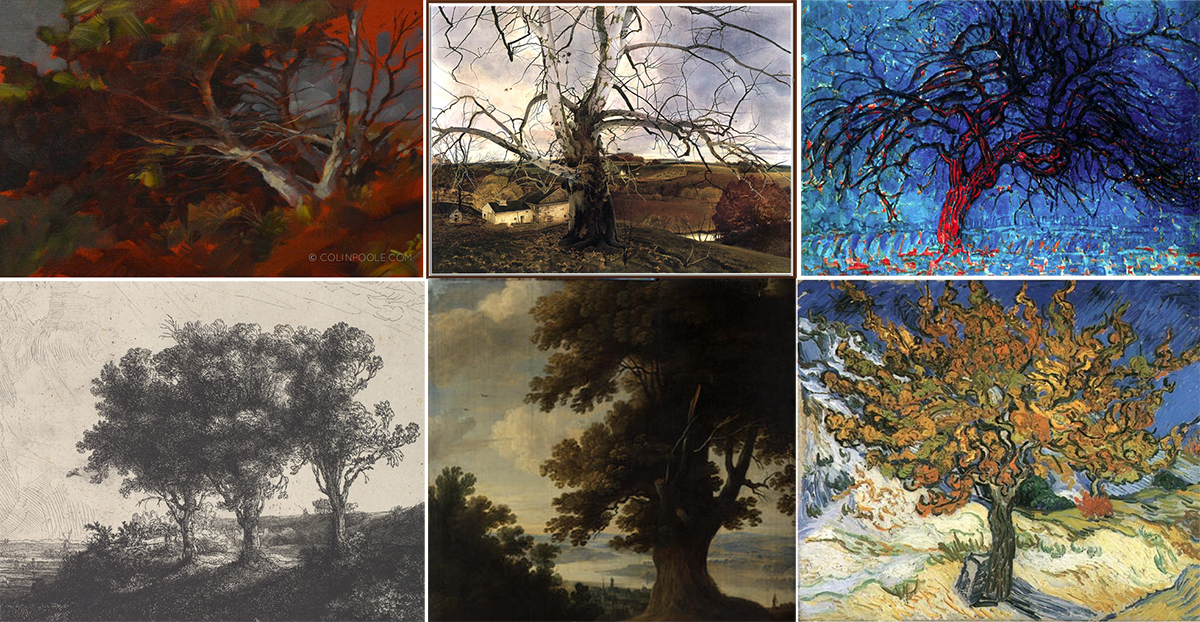
Specific Trees (CW from upper left: Colin Poole: Grecian Tree, Andrew Wyeth: Pennsylvania Landscape, Piet Mondrian: The Red Tree, Van Gogh: The Mulberry Tree, David Teniers: Landscape with Large Tree, Figures and Dog, Rembrandt: The Three Trees. Notice that many of the titles include “The.” As a side note, techniques are different from intentional simplification or abstraction (as seen in the right two images-that’s a full topic on its own).
“Ooh! She Got Technique’d”
There are numerous techniques for making an eye. For example, one that most of us learned in grade school: dig a trough, squish in a ball of clay, stick two coils on top, blend, et voila! You’ve created something that “looks like” an eye.
One of the more unusual techniques I’ve encountered is the “ping pong ball” method, which only works if you are building a hollow head. Cut a slit in the trough, push something round in, form eyelids, replace round object with ball of clay. There you go! “Eyes 101.”
The problem of course is that there is no character or uniqueness; it is a stylized representation. With a quick glance, we assess “eye” and move on, but are not inclined to engage further.
Sui Generis
An approach that allows continued development over time is learning to carefully observe what you’re looking at. Begin with large shapes and continue refining to more and more detail–same as painting. Observe. Sculpt. Assess. Repeat. This way, you will be incorporating elements specific to that individual from the roughest sketch through the most refined stages. With diligent practice of this method, the sui generis world opens to you.
So, given all of this, how do we develop our ability to see?
Learning to See
There are a plethora of youtube videos that can provide the basics of building a sculpture-materials, process, do’s and don’ts. It would appear then that the real magic is in learning how to see.
We are incredibly perceptive of the tiniest indications–an evolutionary adaptation that kept us from being eaten by reptiles that now lets us assess instantly if this is someone we know or not, trust or not, want to meet or not. It is these minuscule variations that give our sculptures life and breath.
In every portrait I’ve ever sculpted, at some point I invariably fall in love with the little specific details that make that person unique–the asymmetry of the lips, the structure of the nose, the curve of the eyelid. When I stop to really examine what makes this eye this particular eye, I can’t help but to see the beauty in it.
Given that in sculpting, we consider our subject from all angles and are creating dimension that impacts the cascade of light and shadow on the surface, it is critical to understand the flow of forms–where they begin and end, how they wrap around the body, their physical depth and so on. Sculptors dance between creating actual form and the illusion of form. The more we understand what we’re looking at, the easier it becomes to render it faithfully to the subject and give our sculptures unique personality. Extrapolating from there, we then can use our skills at rendering uniqueness to create works from our imaginations that are also believable.
Anatomy and Models and Museums, Oh My!
Like many artists, we spend a lot of time studying artworks in museums. If the mind is not fully engaged, it’s very easy to rapidly assess–“landscape,” “nude,” “Virgin and Child (yet another…)” and look no more.
Part of learning to see involves taking the time to engage in questions: Why did the artist make these particular choices and do they work? What can I learn from their solutions? To comprehend an artwork takes time but that is where the learning occurs. The more we critically assess, the more refined our eye becomes.
There are masterworks we have visited repeatedly over many years and each time, we see something different. Like “Reader-Response Criticism,” when we come back, our ability to see has developed and we bring new life experience to our observation. Revisiting a sculpture after a number of years will produce a new interaction because we ourselves have changed.
Likewise, working with live models trains our skills of observation and our ability to capture individuality. For us, the study of anatomy is not an end in itself. It’s an exploration that develops our eye and facilitates expression and freedom to make what we want without struggling to understand what we’re looking at. Without that knowledge, looking at a figure or a face can be a bit like “With a bump, bump here and a bump, bump there…” (Everybody sing!)
Anatomy is a lifelong study–not something that you ever fully “know,” but continue to understand better and better. It teaches us how the body is designed to be, while observation allows us to see how things really are on a particular model. Then we’re free to choose what to include and what not to.
Often, it is showing enough anatomical information that it won’t catch the viewer’s eye as something amiss (the uncanny valley experience can completely obliterate a viewer’s ability to be fully engaged in the work), but not so much as to overshadow the narrative of the piece.
Developing your eye and learning to see has as much to do with these disciplined practices as it does with maintaining curiosity for the world around us. Being okay with “not-knowing.” Being willing to stop for a few moments and wonder at the clouds or a mud puddle or the person seated across from you–noticing something everyday that makes them intriguing or beautiful–changes our experience and our vision of the world.
A Final Thought
We do learn to see the things we train ourselves to look for. As a young child, I remember books full of pressed four leaf clovers that my mom had found. In my memories, she could walk through any field and find scads of them.
After I met Colin, I started picking up heart stones on my walks with the dogs to give to him. After a while, everywhere I went, I found handfuls of them–my eye became trained to see them amongst all the other shapes.
In our art, as in life, we train ourselves to see what we most frequently look for. Moving into a brand new year ripe with opportunity, may we all continue to develop our ability to see and may you always see the most magical things you look for.


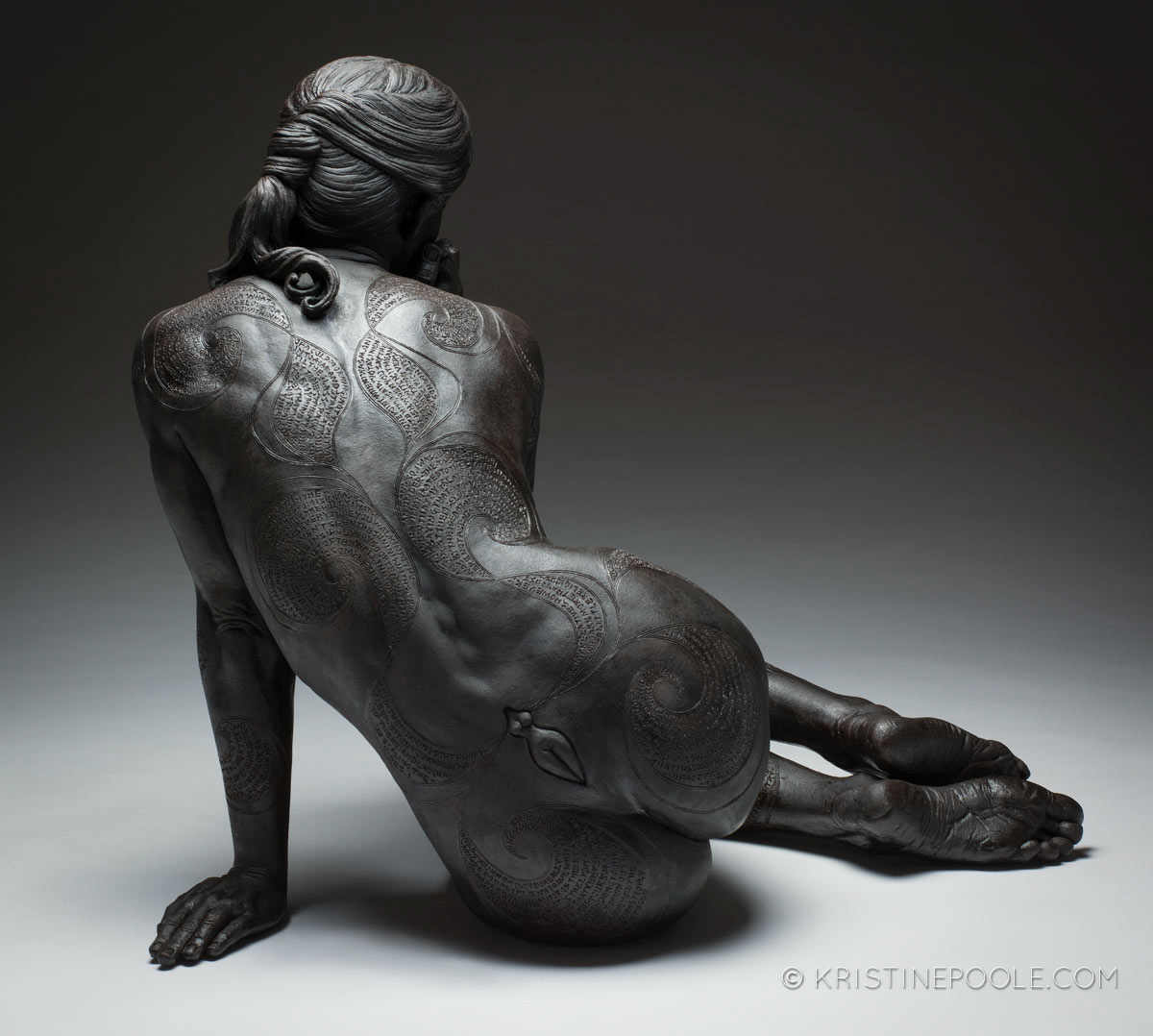
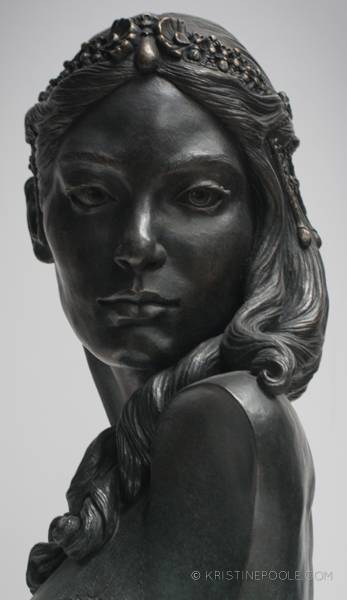

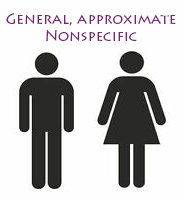
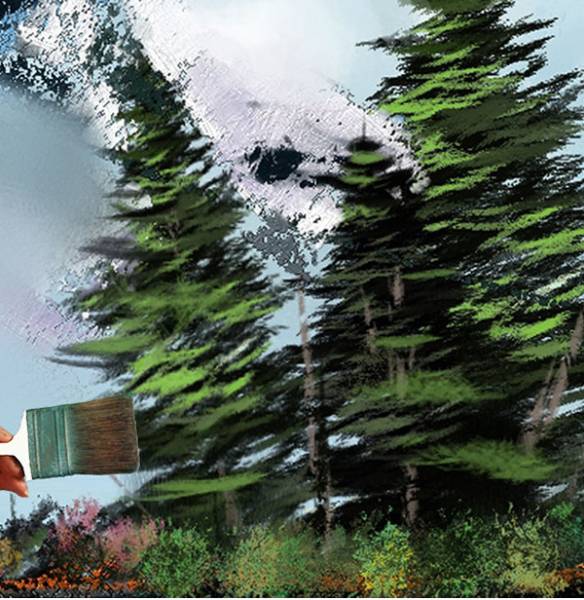
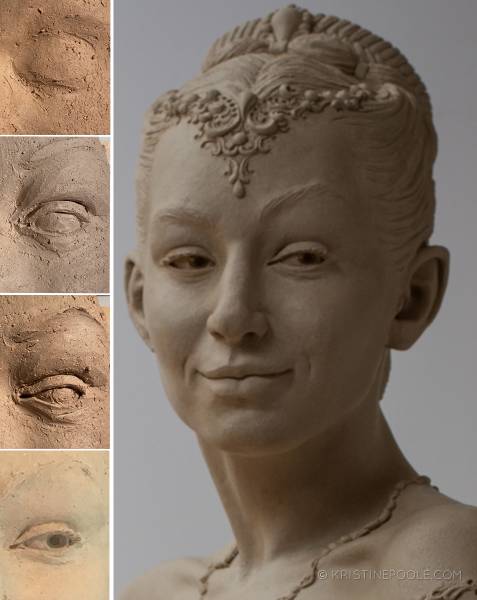
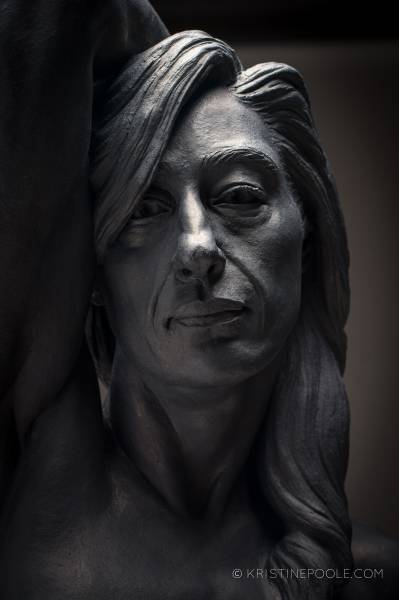
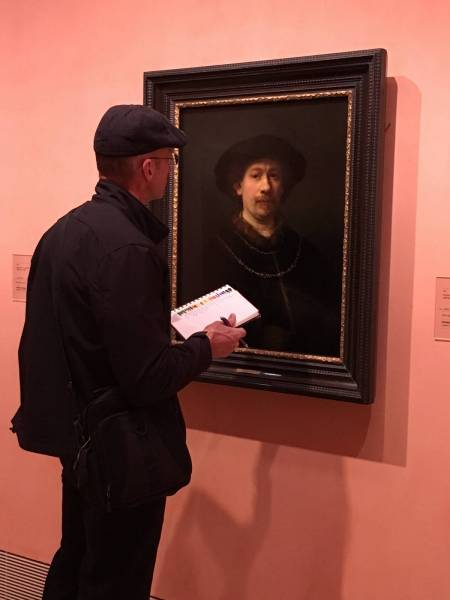
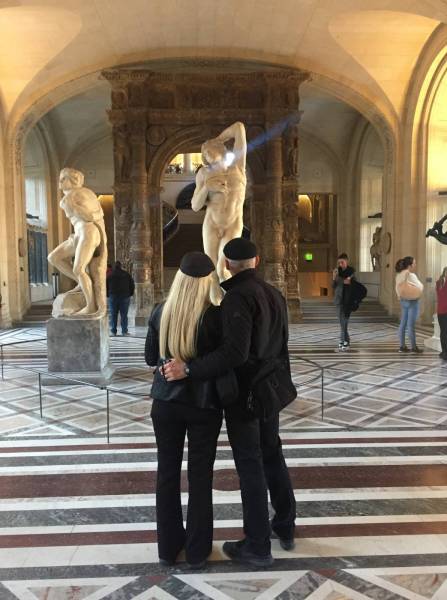
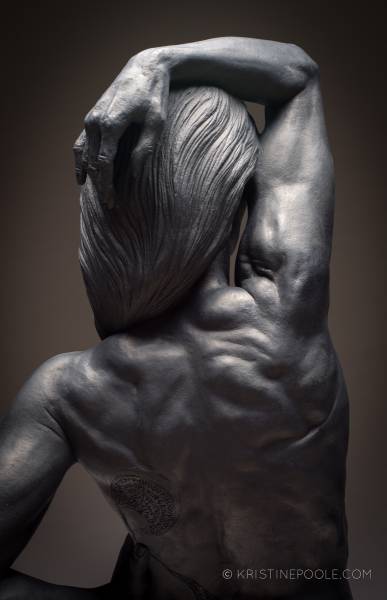
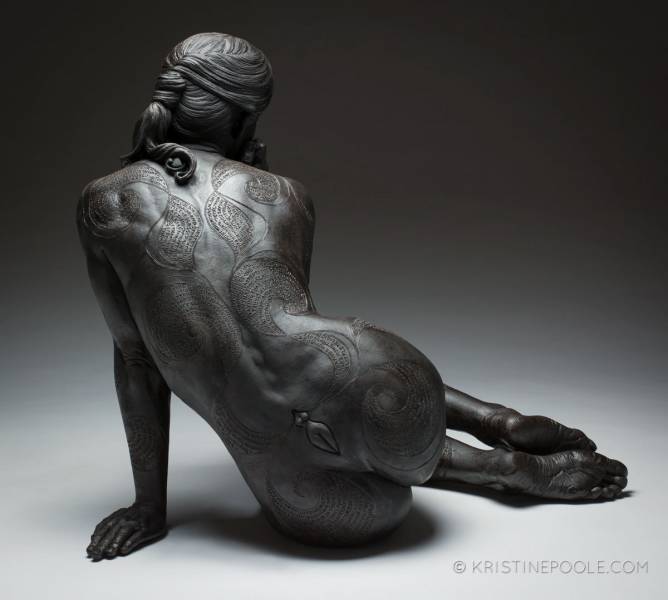
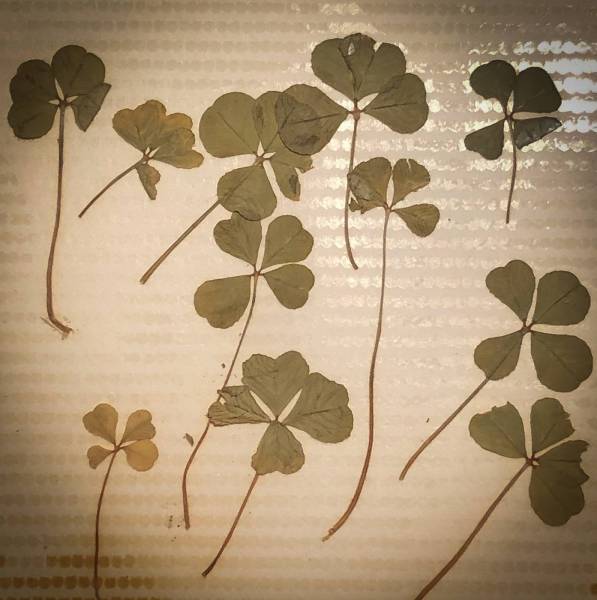
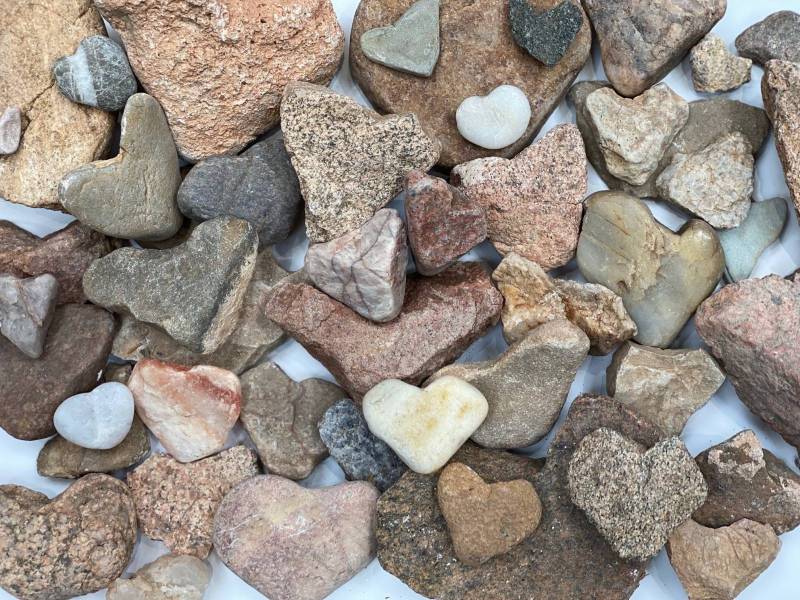
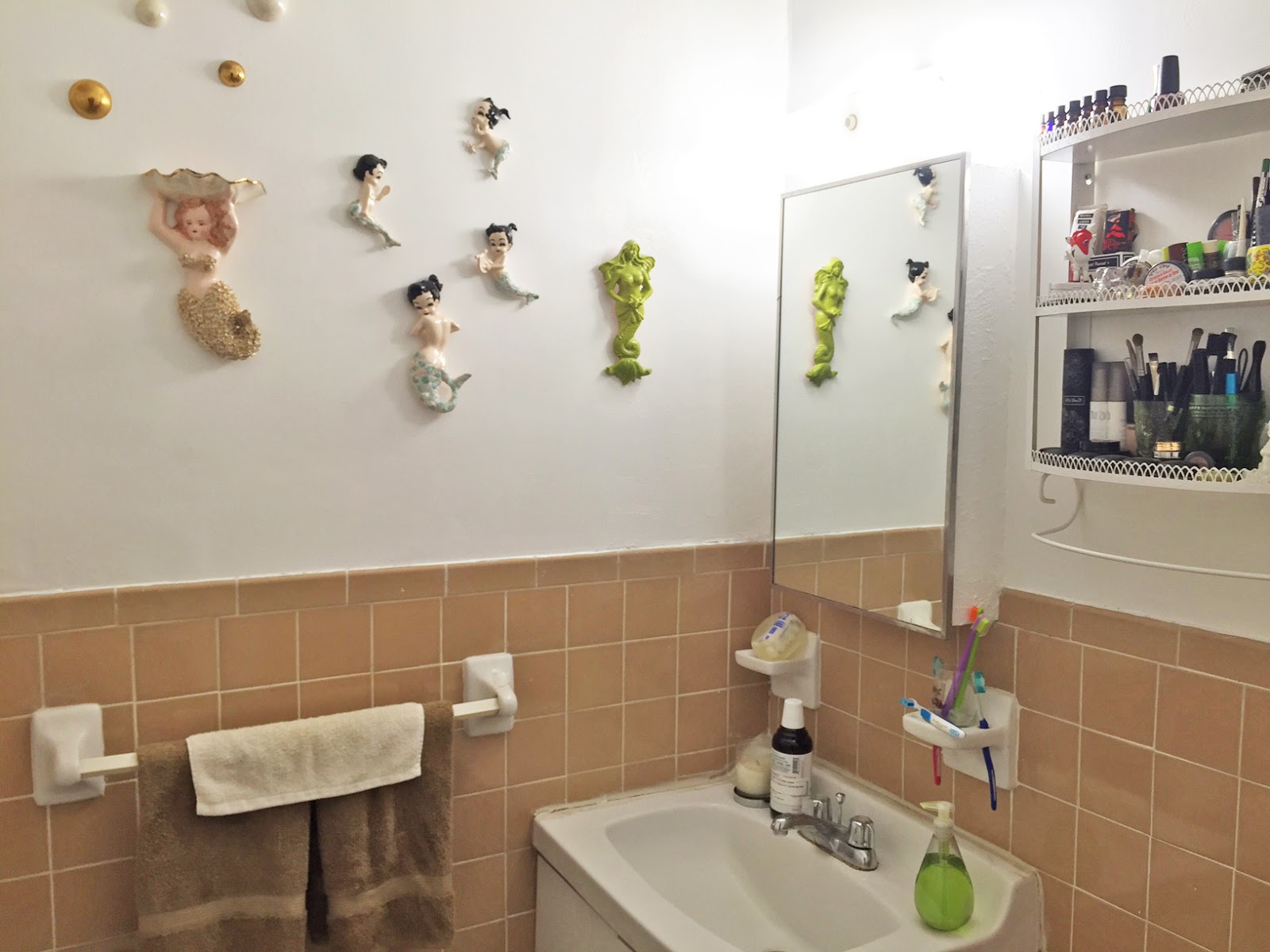

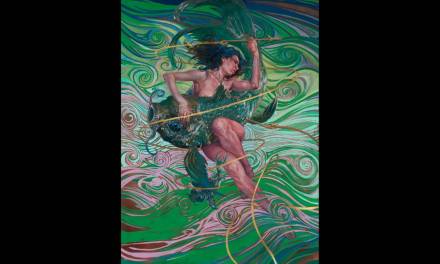
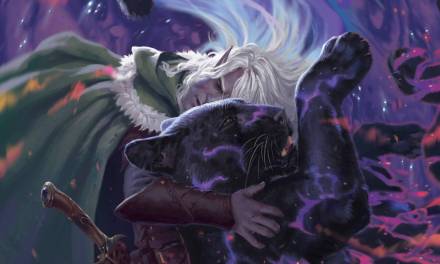
Superb article! Thanks for sharing.
Thanks so much Nico! I am so grateful for the opportunity to share some thoughts, ideas and conversations with this community. I’m happy to hear you enjoyed it and thanks for commenting.